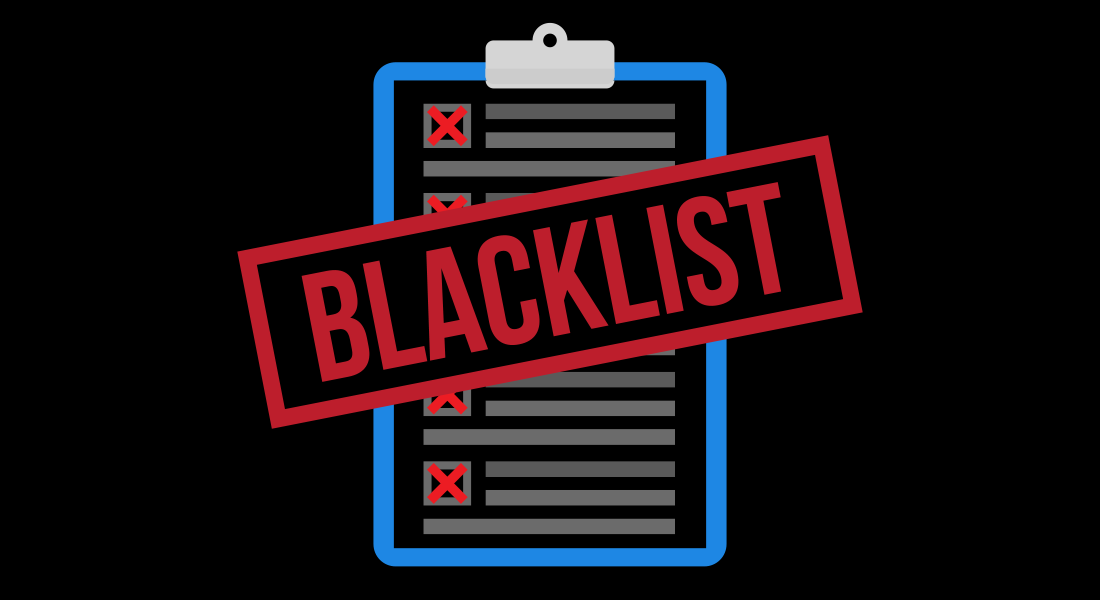Email communication is an essential part of modern business and personal interactions. However, not all emails successfully reach their intended recipients. Bounced emails occur when messages are returned to the sender without being delivered. Understanding the reasons for email bounce is crucial for maintaining effective communication and optimizing email deliverability. In this comprehensive guide, we will explore the common causes of email bounce and provide valuable insights on how to address them.
1. Invalid or Non-Existent Email Addresses

One of the most common reasons for email bounce is sending messages to invalid or non-existent email addresses. This can happen when a recipient mistypes their email address or when an email address becomes inactive or is deleted. It's important to regularly clean and update your email list to remove invalid addresses and reduce the risk of bounce.
2. Mailbox Full
When a recipient's mailbox is full or has reached its storage limit, incoming emails are unable to be delivered, resulting in a bounce. This can occur if the recipient hasn't checked their email for an extended period or if they receive a large volume of emails. Encourage recipients to regularly clear their inbox and provide alternative means of communication if necessary.
3. Spam Filters and Content Filters
Emails that trigger spam filters or content filters may be flagged as potential spam and bounced. Factors such as excessive use of promotional language, suspicious attachments, or certain keywords can trigger these filters. It's important to optimize your email content and avoid practices that may be perceived as spammy to ensure better deliverability.
4. Server Issues
Technical issues with the recipient's email server or your own server can cause email bounce. Server downtime, misconfigurations, or capacity issues can prevent successful email delivery. Regularly monitor your server's performance and promptly address any issues to minimize email bounce rates.
5. Sender Reputation
The reputation of the sender's domain and IP address can significantly impact email deliverability. If your domain or IP address has a poor reputation due to previous spamming or other abusive activities, it can lead to higher bounce rates. Implement best practices for email marketing, maintain a good sender reputation, and follow industry guidelines to improve deliverability.
6. Authentication and Authorization Failures
Email authentication protocols such as SPF (Sender Policy Framework), DKIM (DomainKeys Identified Mail), and DMARC (Domain-based Message Authentication, Reporting, and Conformance) play a crucial role in verifying the authenticity and integrity of email messages. Failure to properly configure and maintain these authentication mechanisms can result in email bounce or messages being marked as suspicious.
7. Email Size Limitations
Some email servers or recipients may have limitations on the size of incoming emails. If your email exceeds the allowed size, it will bounce back. Be mindful of attachment sizes and consider alternative methods, such as sharing files through cloud storage services, for larger files.

8. Blacklisting
If your domain or IP address has been blacklisted by email service providers or anti-spam organizations, your emails may be automatically bounced or marked as spam. Monitor blacklisting services, maintain good email practices, and promptly address any issues that may lead to blacklisting.
9. Unsubscribed or Blocked Recipients
When recipients unsubscribe from your email list or explicitly block your emails, further attempts to deliver messages to them will result in bounce. Ensure that your email campaigns include a clear and accessible unsubscribe option, and honor recipient preferences promptly to avoid unnecessary bounce.
10. Temporary Delivery Issues
In some cases, email bounce may occur due to temporary delivery issues such as network congestion, server maintenance, or routing problems. These issues are typically resolved automatically, and the email will be retried for delivery. However, if the problem persists, it may result in a permanent bounce.
Conclusion
Understanding the reasons for email bounce is essential for maintaining effective communication and optimizing email deliverability. By addressing common issues such as invalid email addresses, spam filters, server problems, and authentication failures, you can significantly reduce bounce rates and increase the likelihood of successful email delivery. Regularly monitoring your email bounce rates, maintaining a good sender reputation, and following best practices will help ensure that your emails reach their intended recipients.



